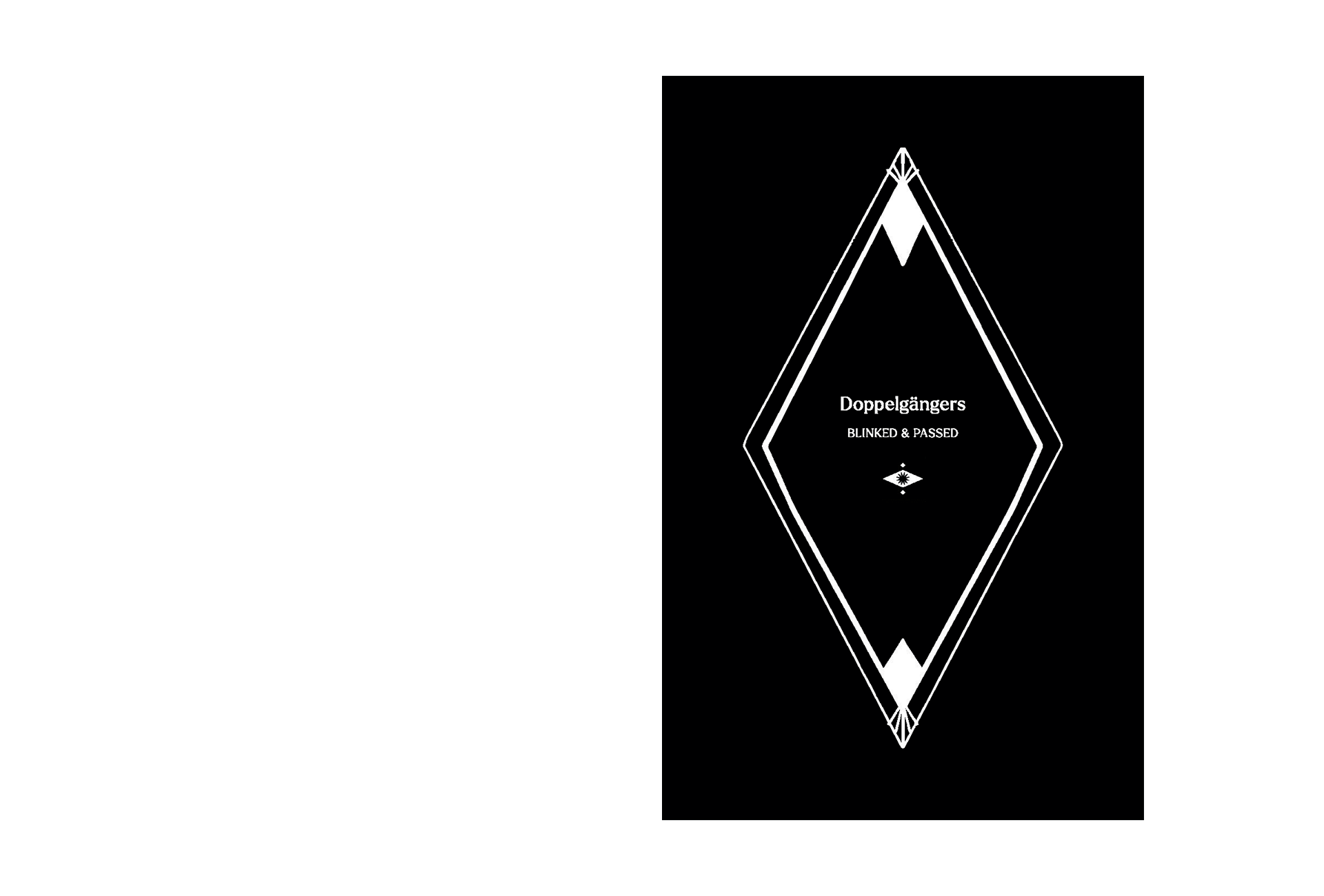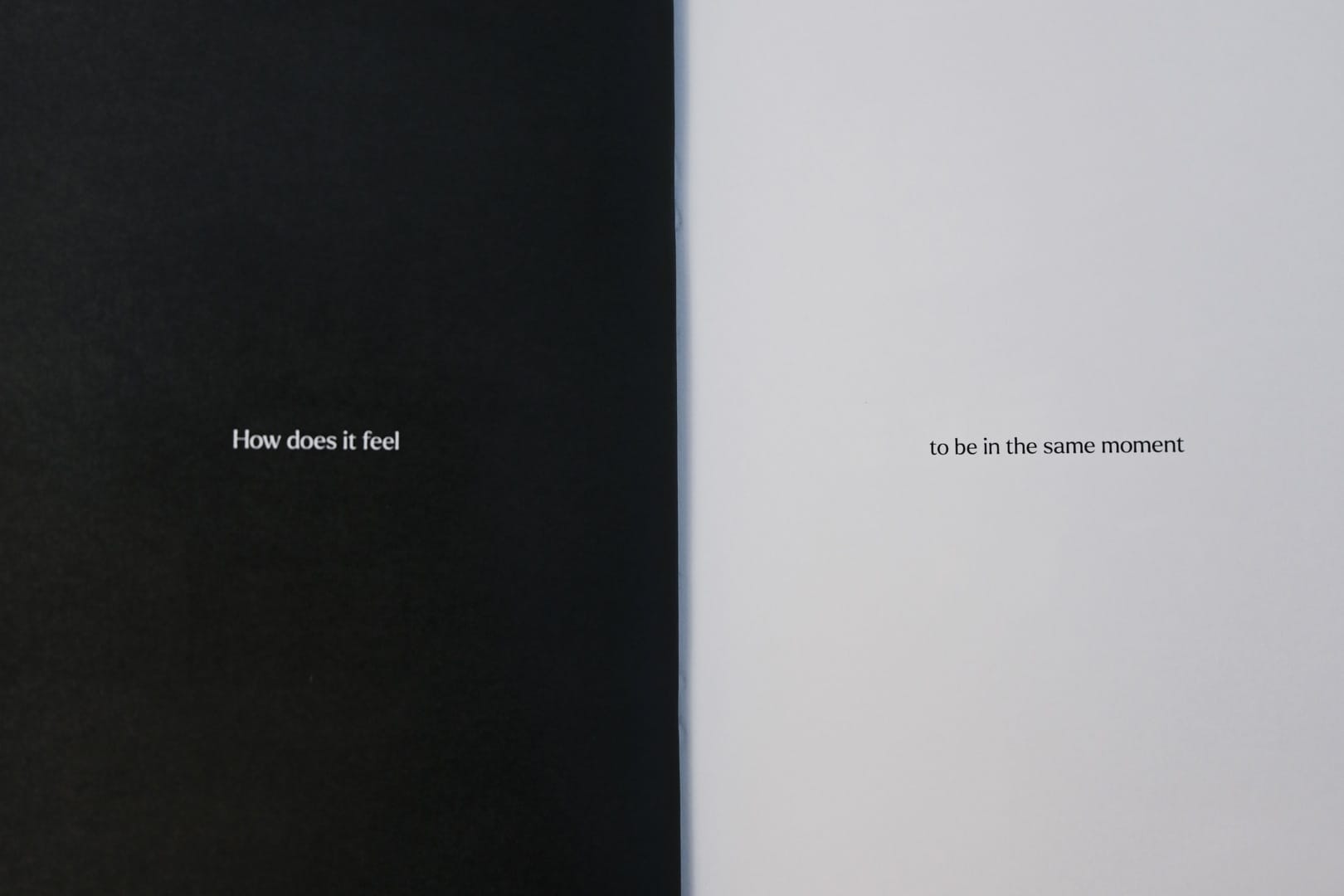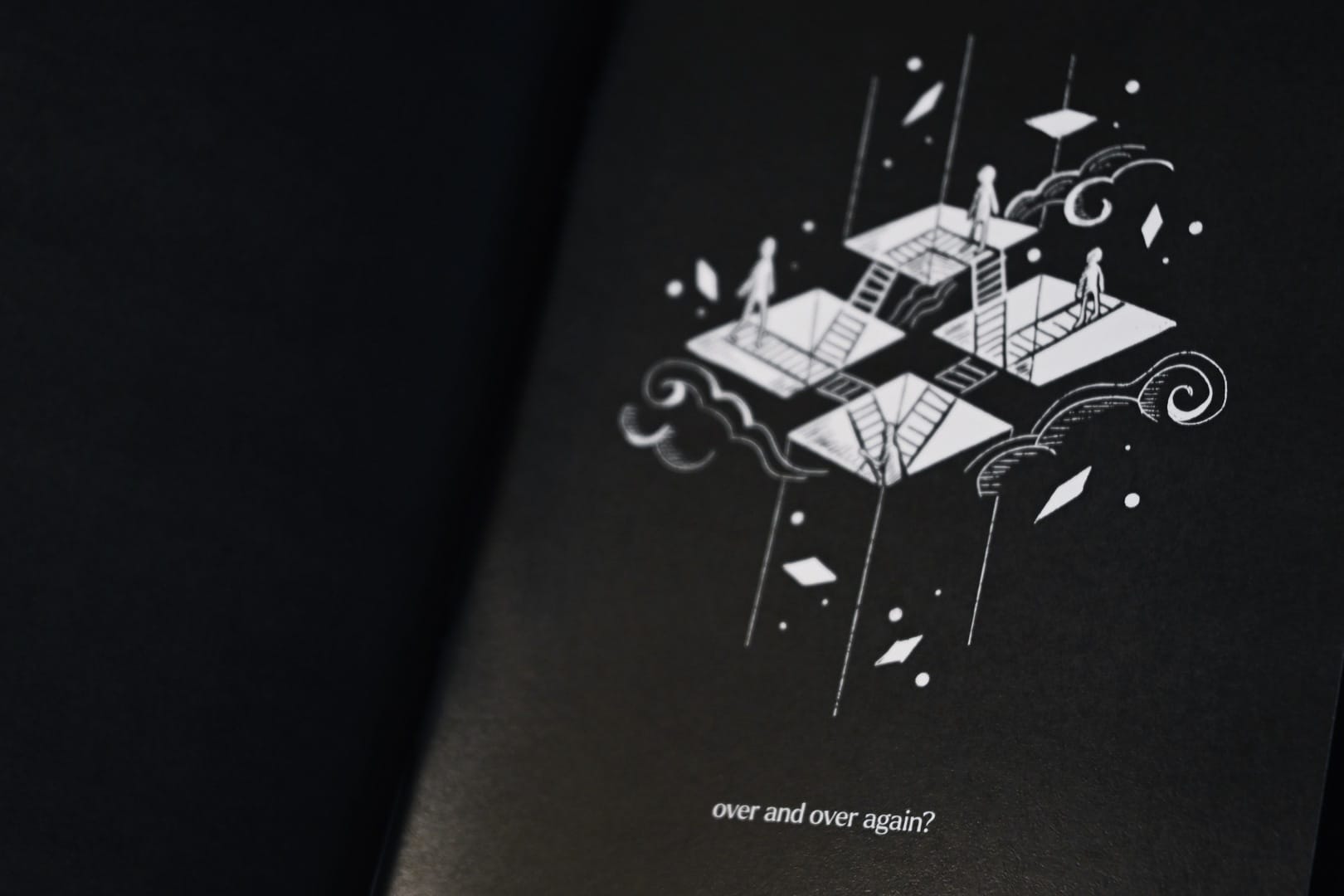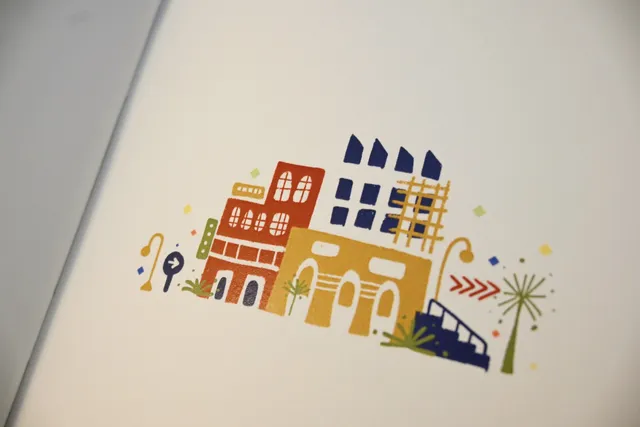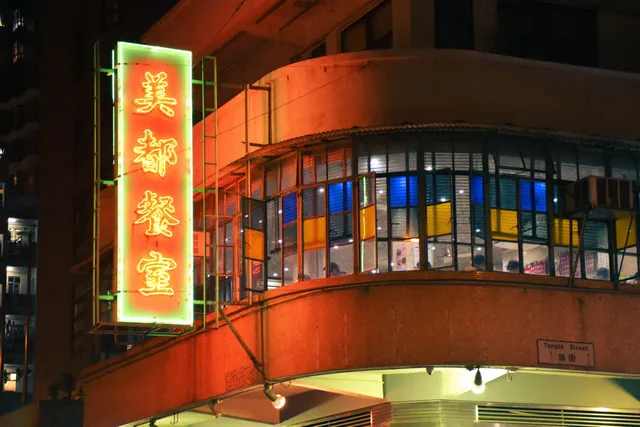The making of Doppelgängers
The behind-the-scenes of the first act of 'trauma trilogy', and a study in personal stagnation and breaking the rules for storytelling.
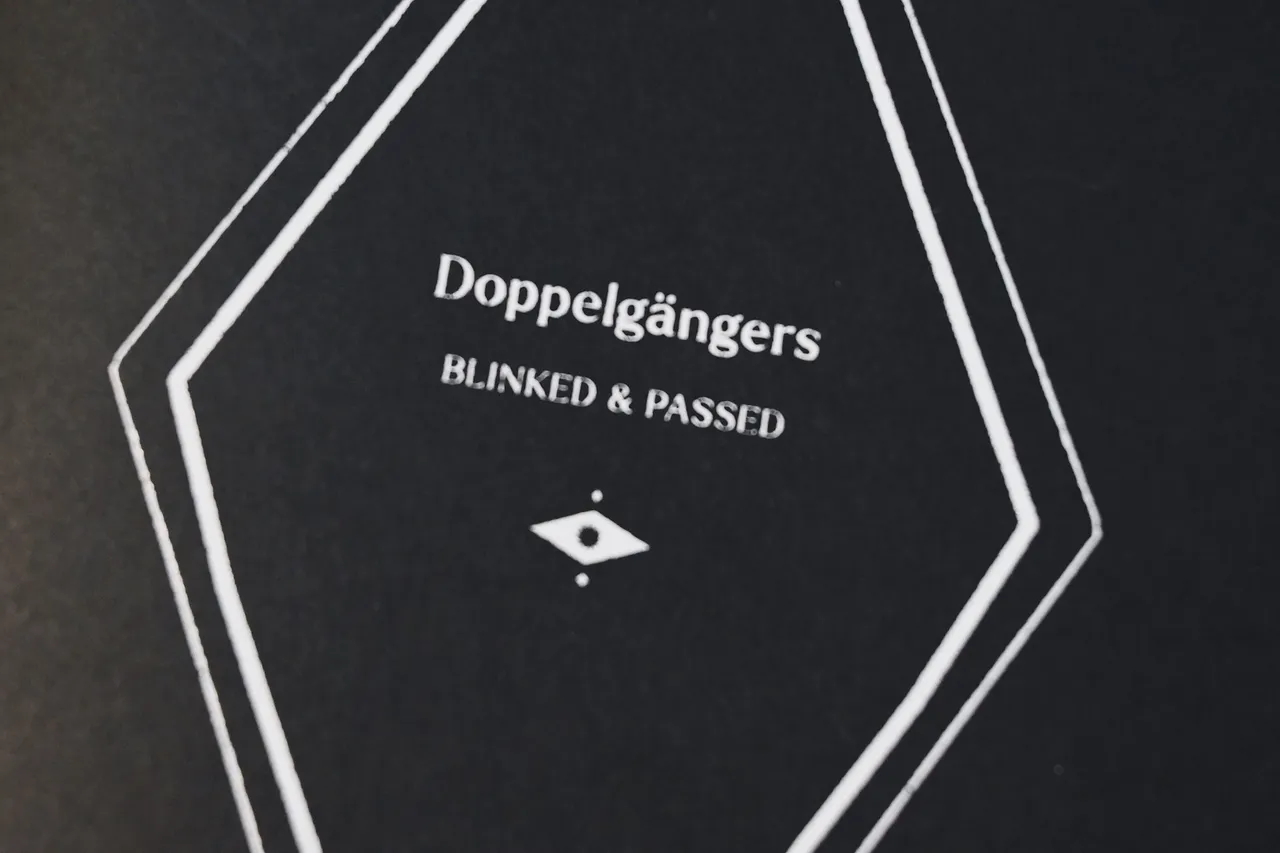
Author's note: to have a quick overview of the project, please see this page.
Have you ever been to places and met people that feel familiar yet they are totally unrelated and different? Have you ever been in similar situations, particularly the undesirable ones repeatedly? Do you feel that the feelings are indescribable but need to let it all out? Inspired by raw realizations of my life, my zine Doppelgängers aims to articulate the predicament of getting stuck in the same situation over and over again, whether it is by chance or by unconscious choice. It is also about how psychological trauma and the unhealthy coping mechanism induced by it are manifested. With a series of photo diptychs and black and white surreal illustration, it lets you immerse in the world of powerlessness and lead you to the realization that stagnation is not always a fate, but sometimes imposed by ourselves unknowingly.
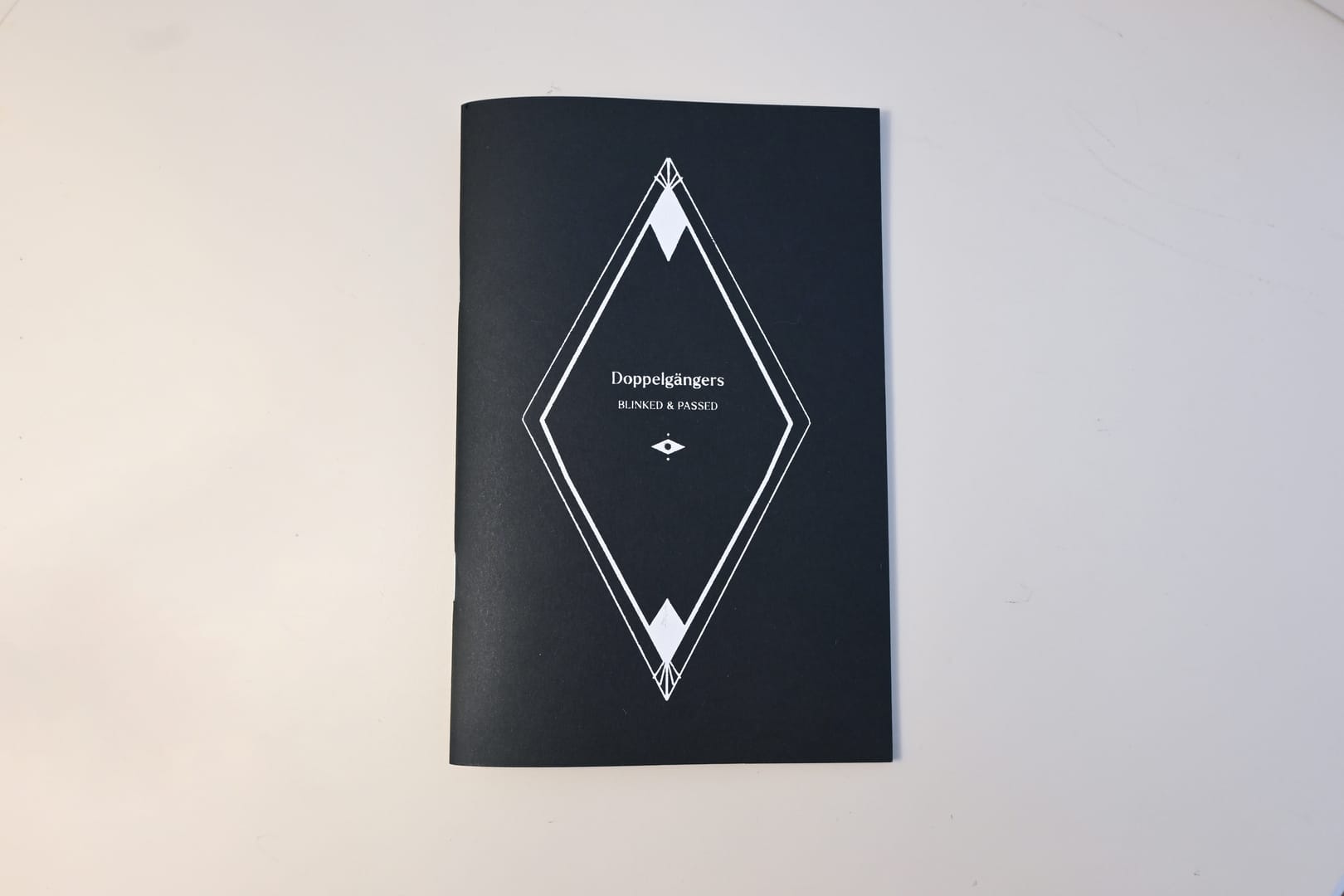
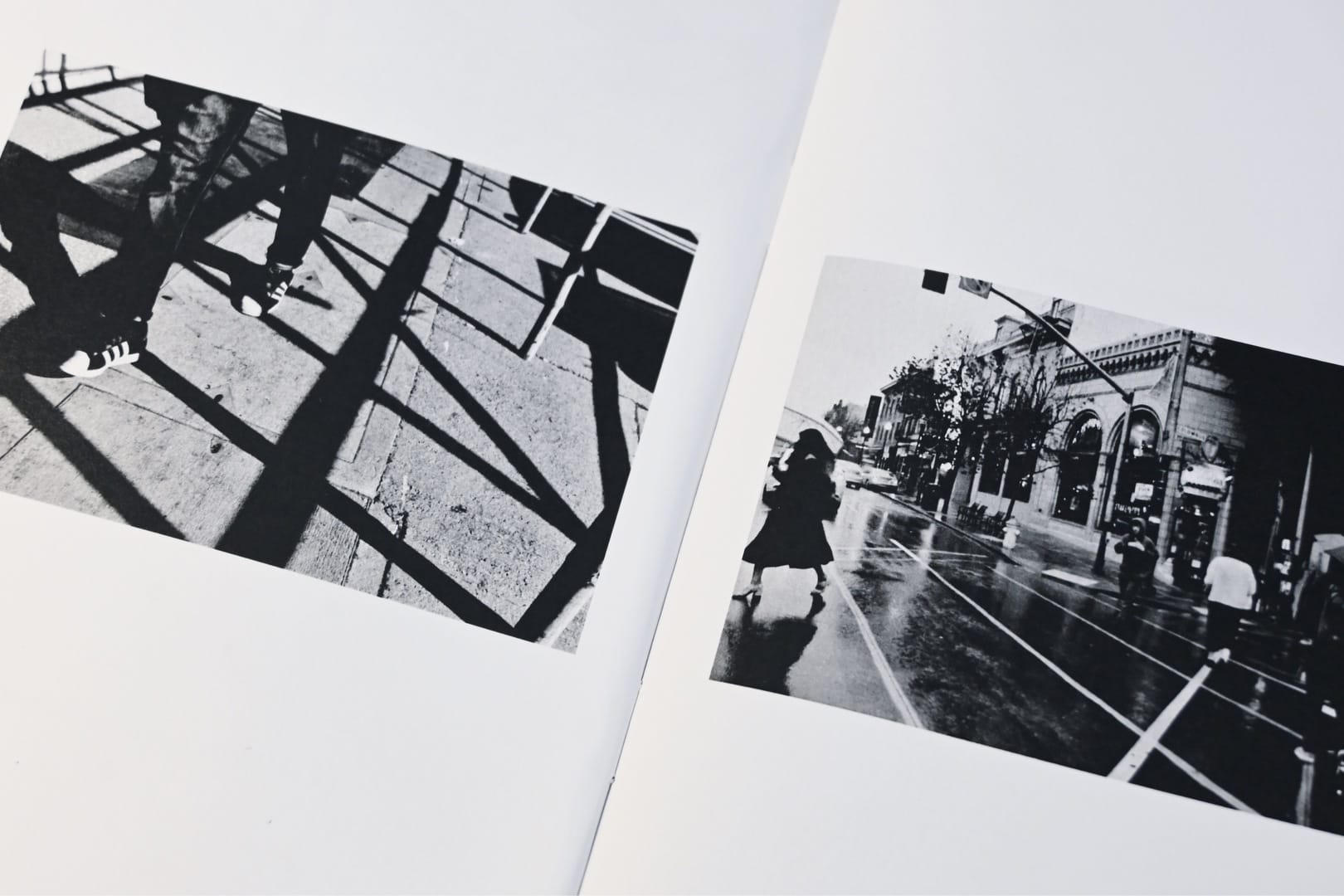
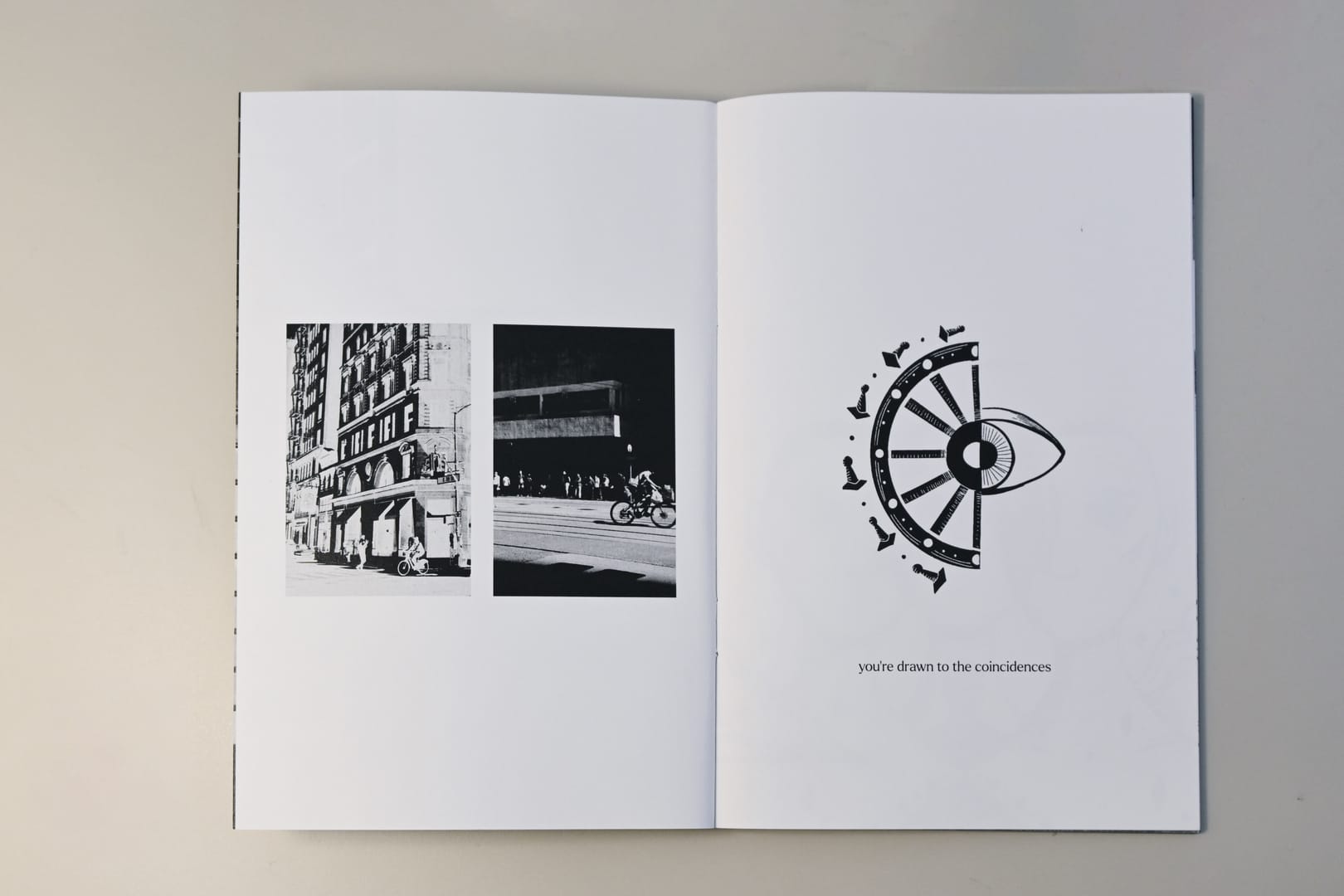
The formation of narrative
It all started in mid / late 2023, several years after I picked up street photography as a hobby. I wanted to make a photo zine and practise editing, so I printed most of my works in small thumbnails and played with them. Then something interesting happened – there are pairs of images that share similar compositions, but taken in different period of time and place. It seems that I'm unconsciously drawn to certain elements, from clean lines and shadows, geometric compositions, close up of building facades, to silhouettes of urban dwellers. I'd like make a collection of these images to a photo zine, but then as I read Matt Stuart's Think Like a Street Photographer, I came across this '...beware of editing in a way that patronizes the viewer by stating the obvious'. I was conflicted – on one hand I understand the rationale and would like to create something that's more than face value, on the other hand I sensed the potential of the images – they're of clean and diverse compositions. This calls for a solution, as I really didn't want to give up the opportunity to turn these images into a zine. Then the word doppelgänger (a german word that means 'someone or something that's similar to another person / thing') appeared. It clicked with the photos immediately – they're literally in pairs, a visual metaphor of similarity. Moreover, it echoes with my personal experience – always being an outsider, developing complicated feelings towards a certain type of people, getting stuck in toxic environments but being unable to escape.
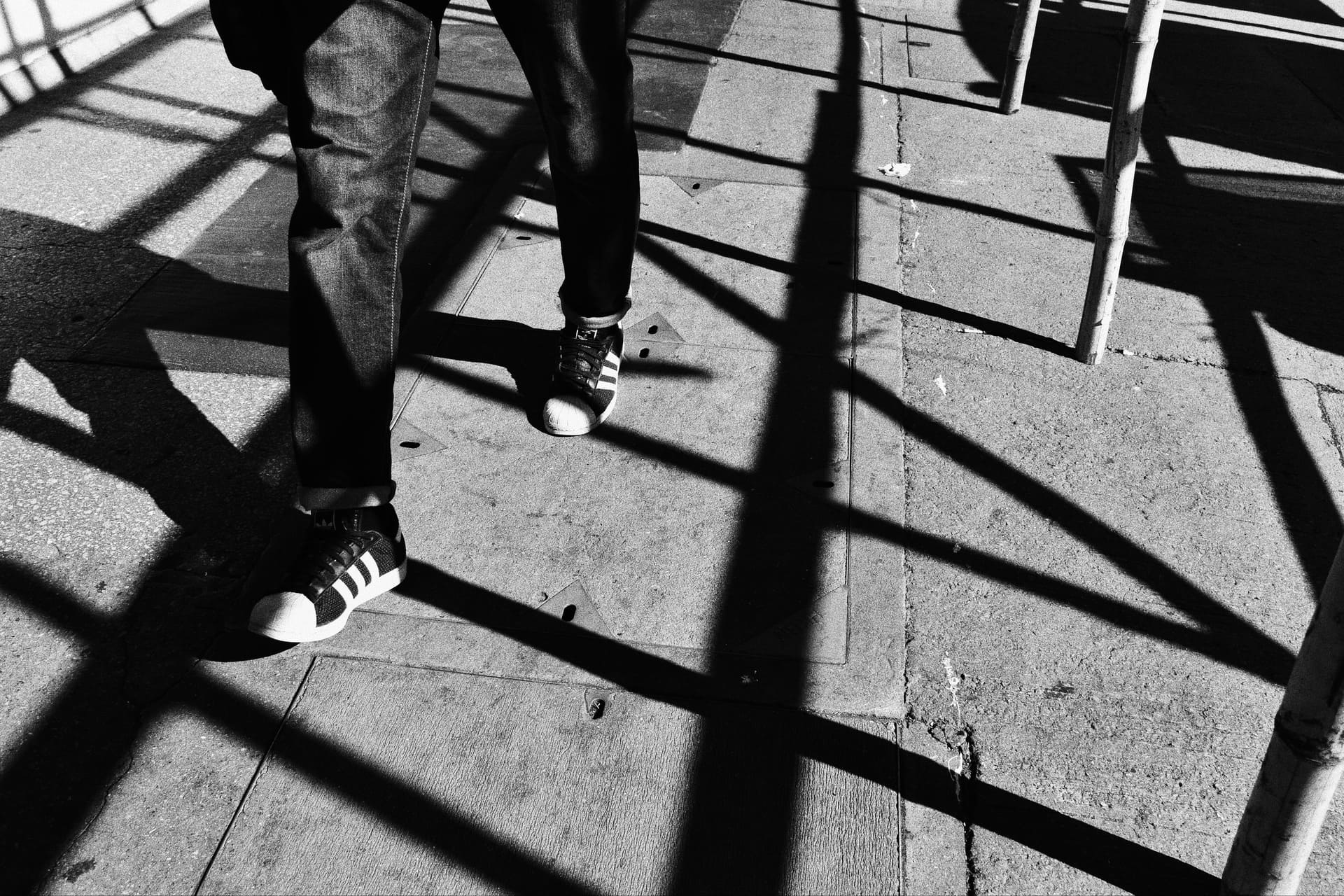
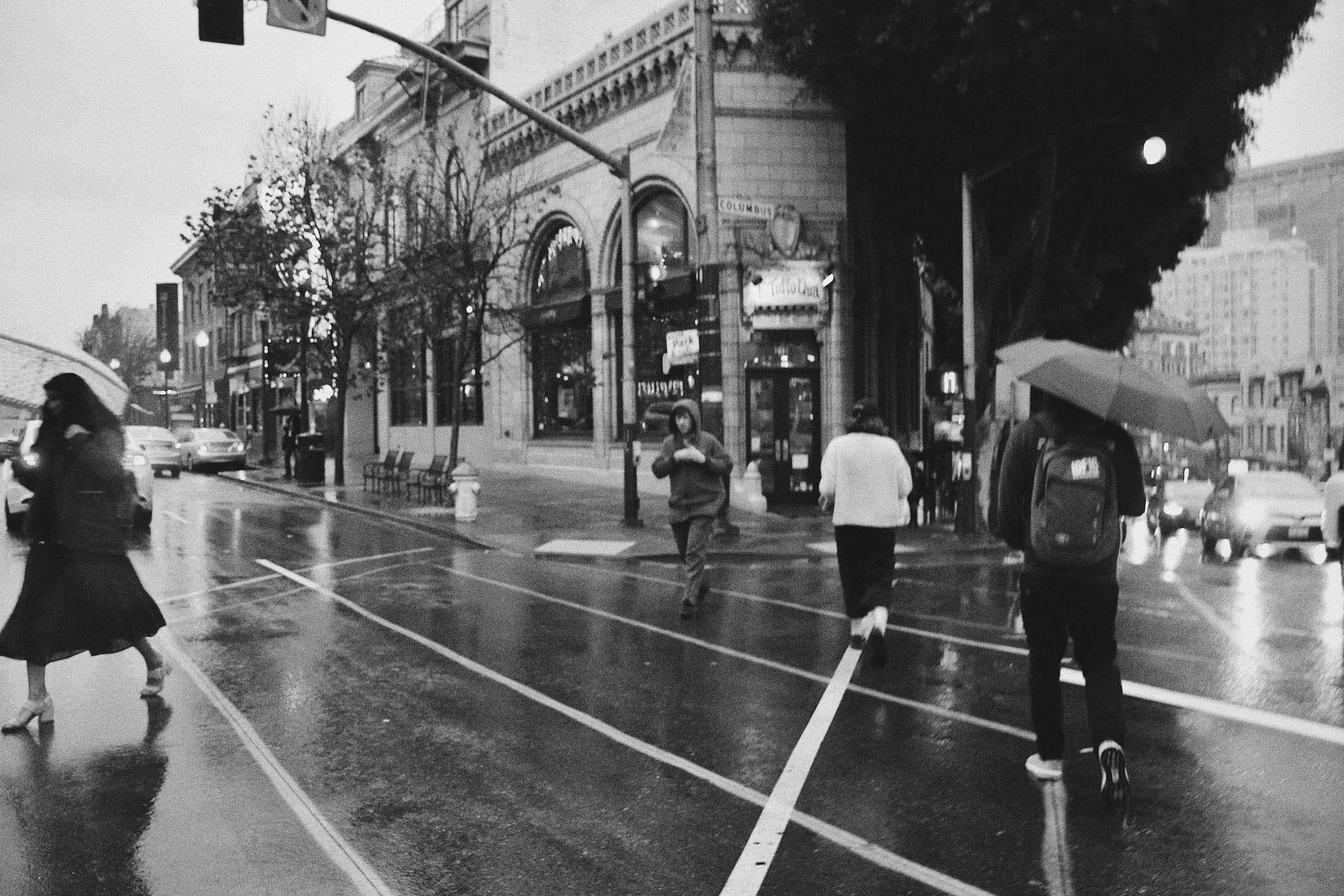
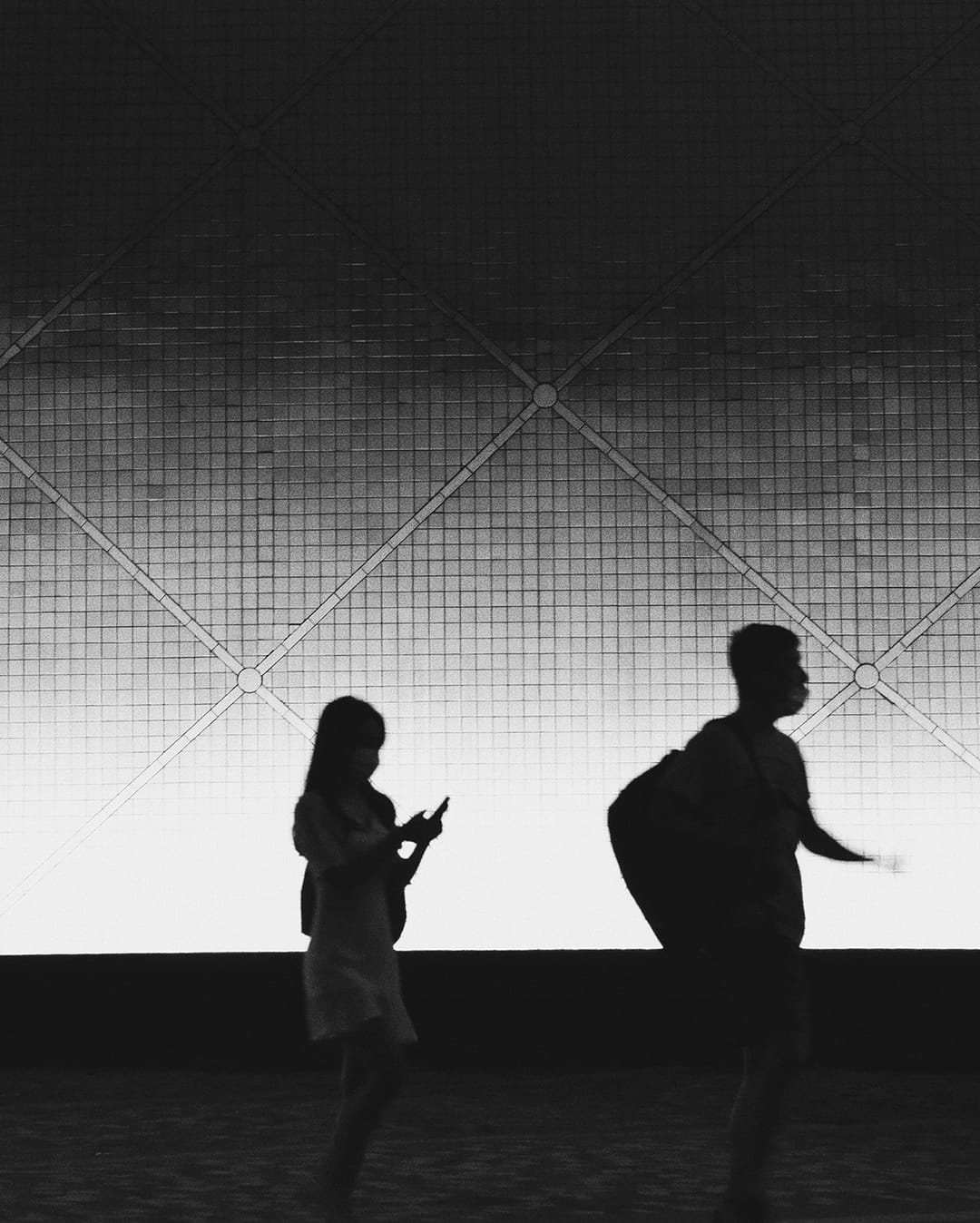
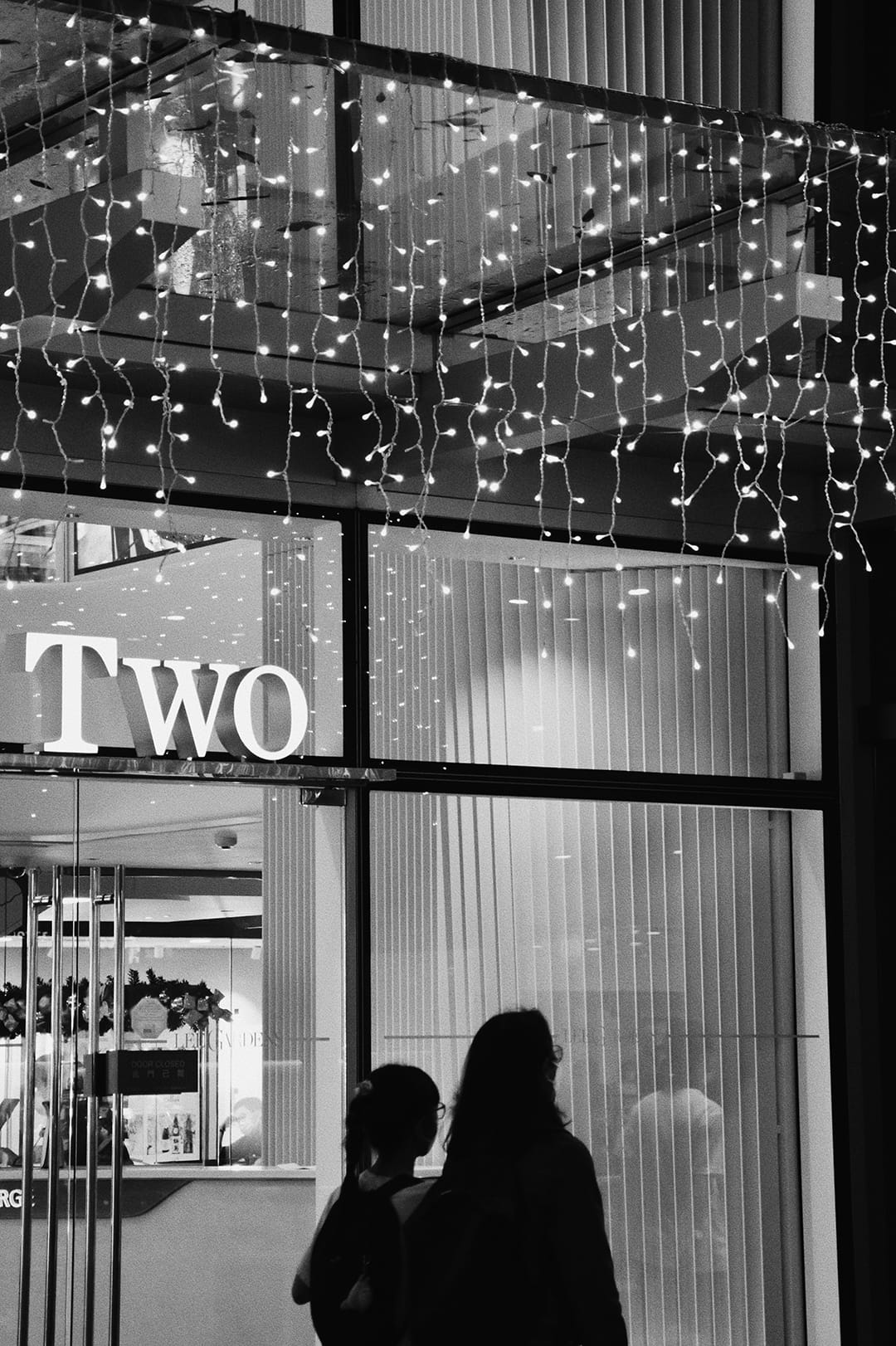
But why use the word doppelgänger instead of words like déjà vu or echo? It's because I feel the latter ones are more commonly used, describe something less tangible and sound sort of more 'dreamy', but doppelgänger is about an existent tangible entity and of more unsettling nature. It echoes with the validity of existence of endless loop of incidents and trauma – that it's real, no matter how your mind tricks you into thinking that it's an illusion or how much other people say 'you get it wrong' or 'think too much'.
Visual experimentation and design decisions
So now we have the theme and main visual elements (the diptychs), but how do we connect everything into a book? First the whole zine and all the images are in black and white to force readers focus on the compositions and repetition. Second, surreal illustrations inspired by the elements / compositions of photos are added. For instance, the details of first pair of photos (two images depicting people walking the ground with straight line-like shadows and painted lines) resemble grid lines and checkers. This inspired me to create a chessboard that is made of threads tied on fingers, representing the uncertainty of encounters in life that sometimes are believed to be controlled by fate / a higher being. Another key visual is a pair of dancing birds with same appearances, a direct representation of the doppelgängers and the entanglement.
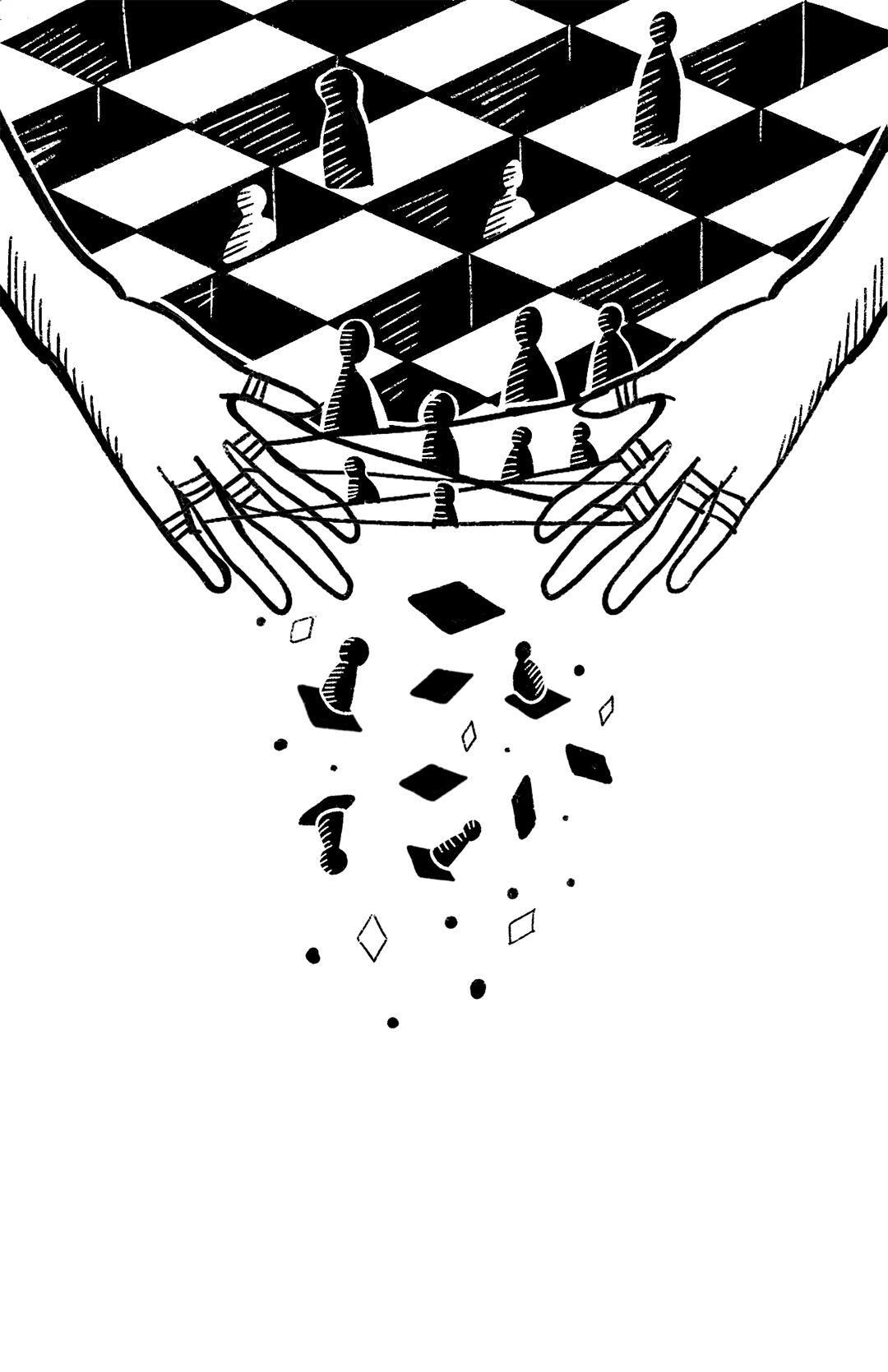
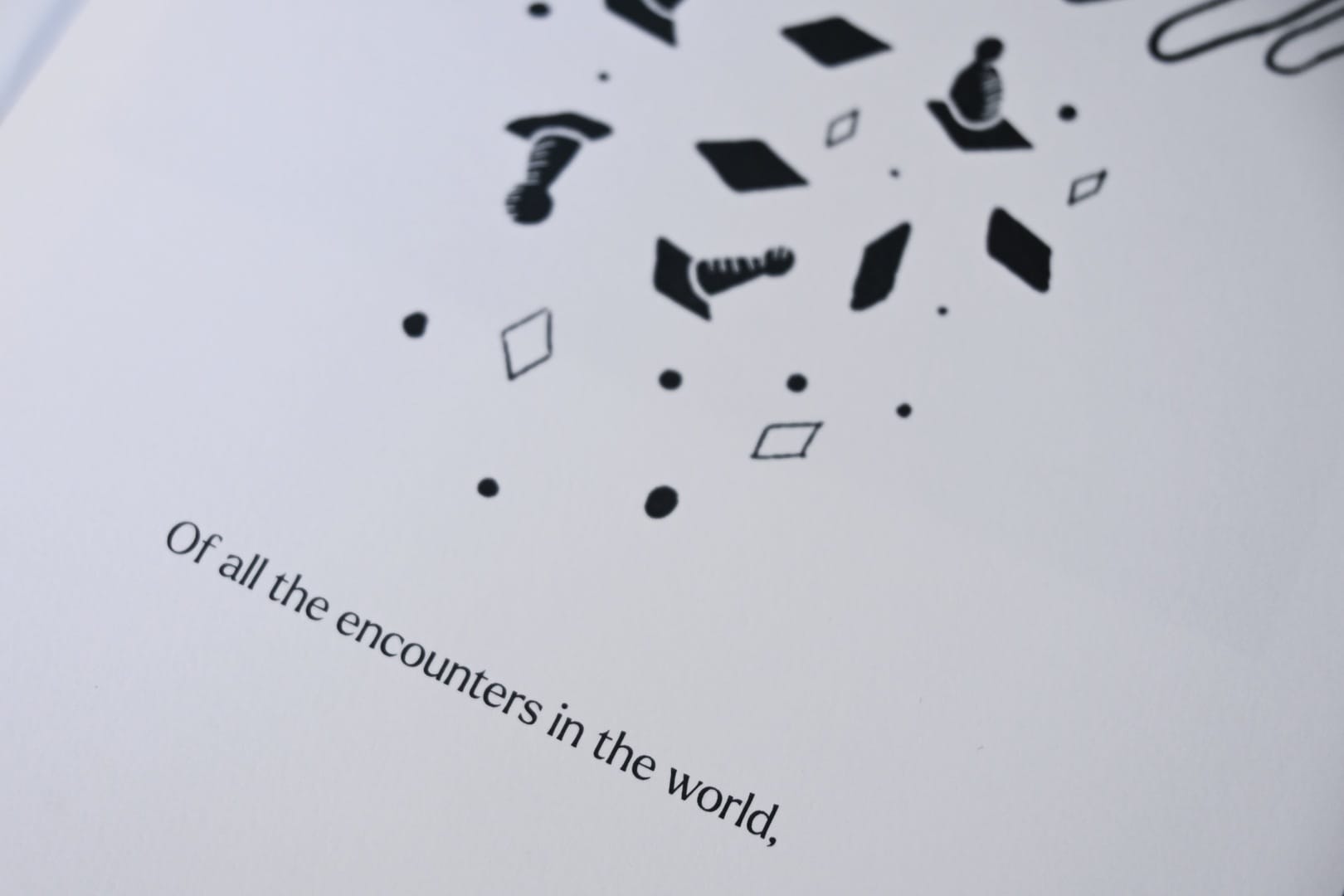
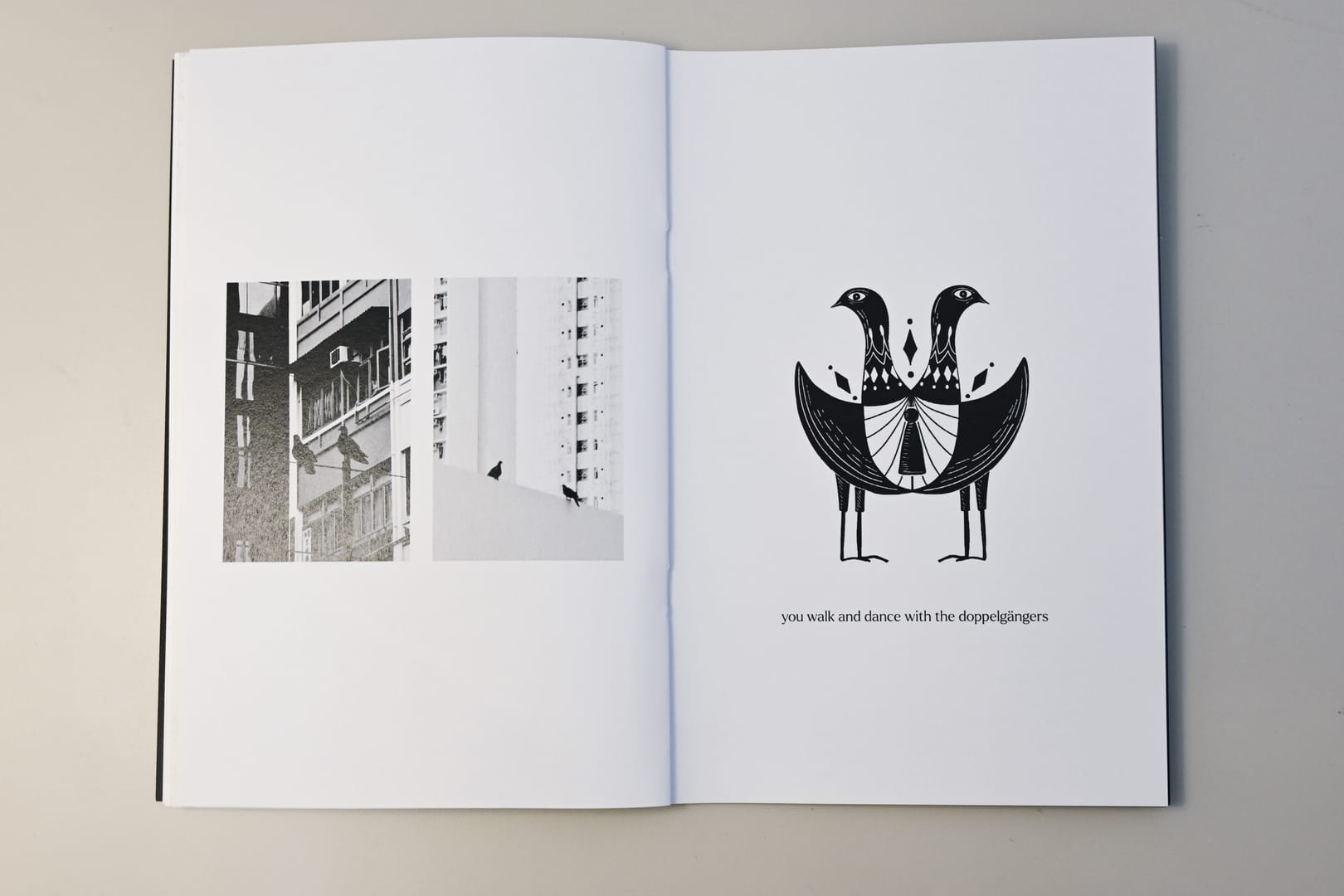
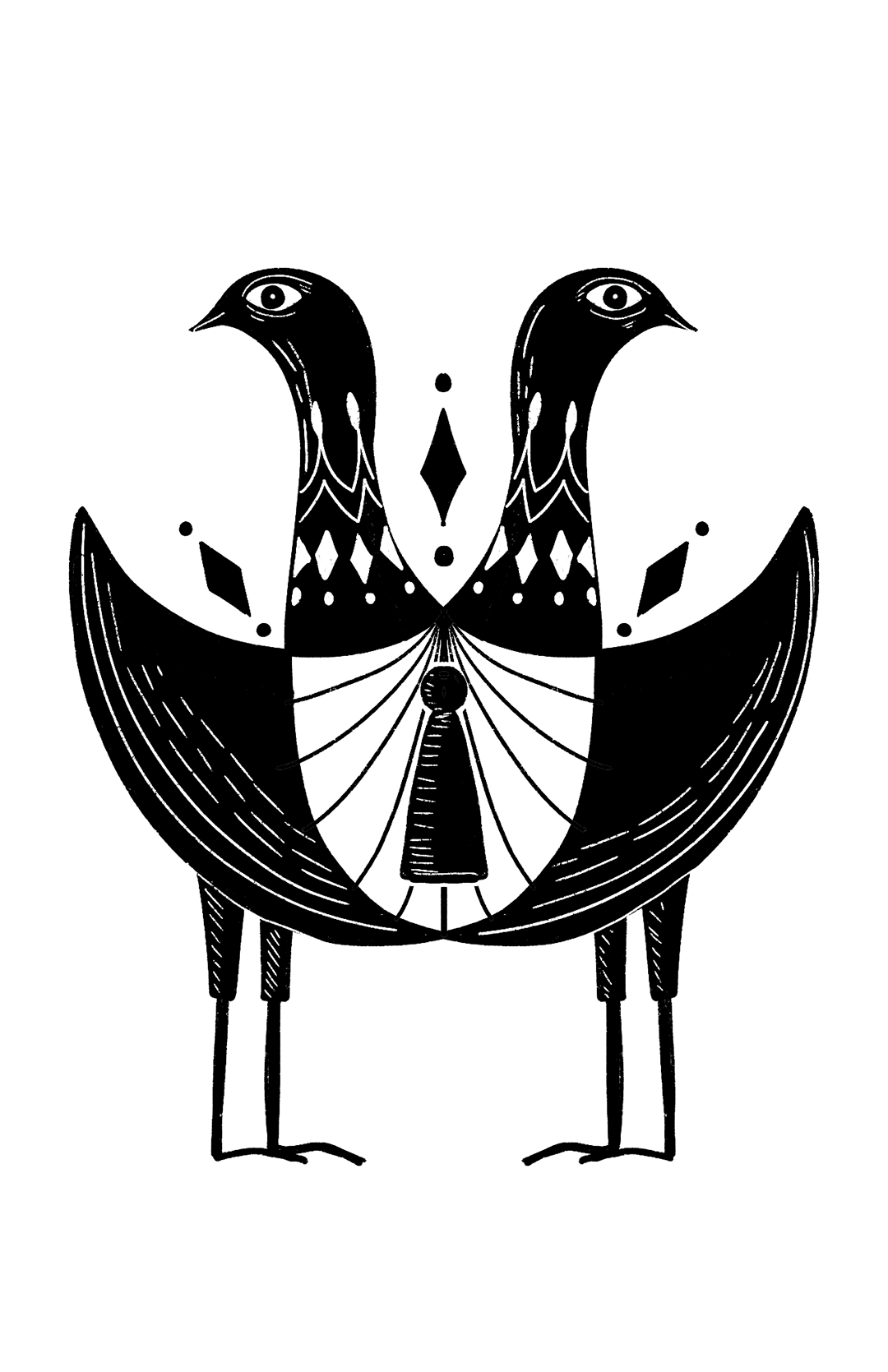
As for typography and text, I decided to keep it minimal. Three sentences, presented in clean serif, become the main message – 'of all the encounters in the world, you're drawn to the coincidences. Of all the faces you've met, you walk and dance with the doppelgängers. How does it feel to be in the same moment over and over again?' It tells the story but without any judgement, it's here to let readers face their own feelings and situation, a crucial step to break away from the personal stagnation or recognizing the trauma.
Doppelgängers is my answer to the seemingly uncontrollable destiny and the conclusion of my past in the form of a story. From mixed media to text and choice of words for title, it's a study in observation, creating metaphors, and more importantly, having the courage and reason to break the rules. There's nothing you can't do in art and storytelling, as long as you have a solid theme and logical explanation.
